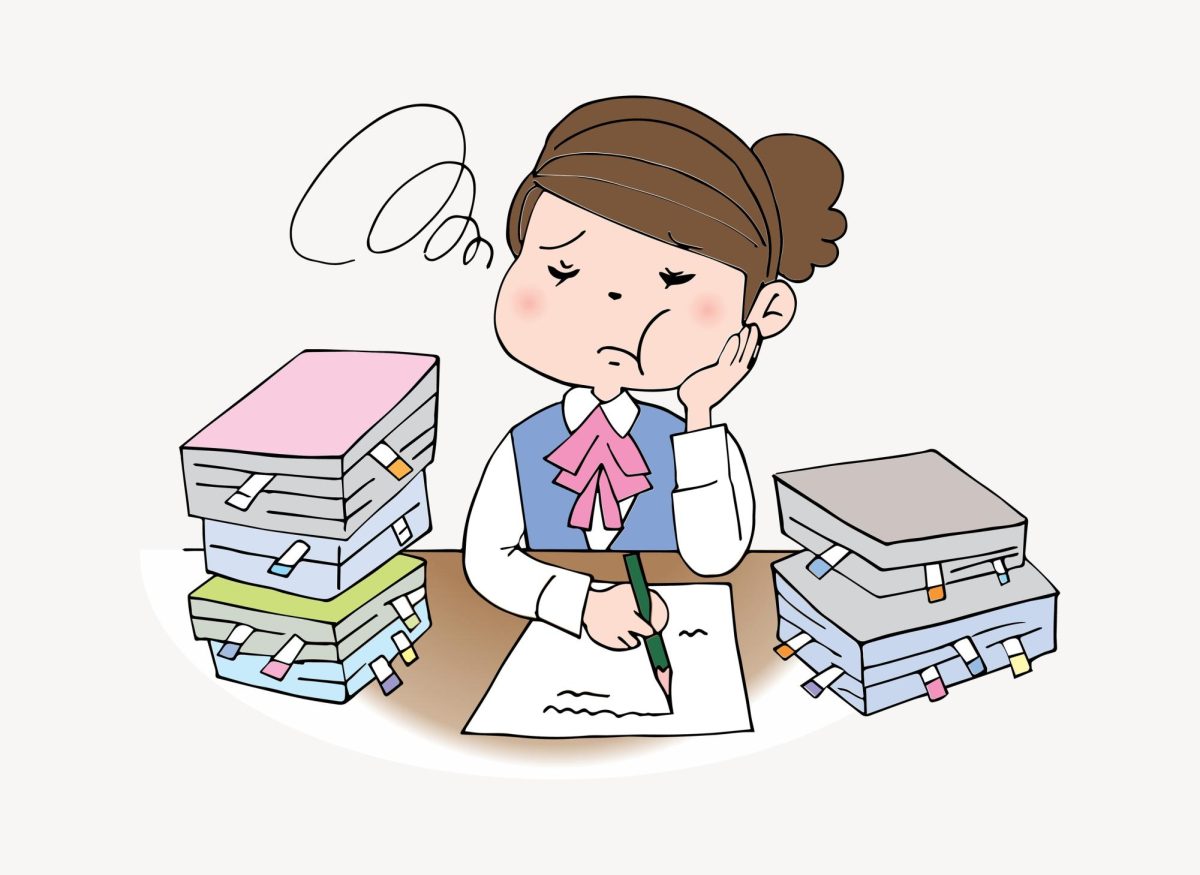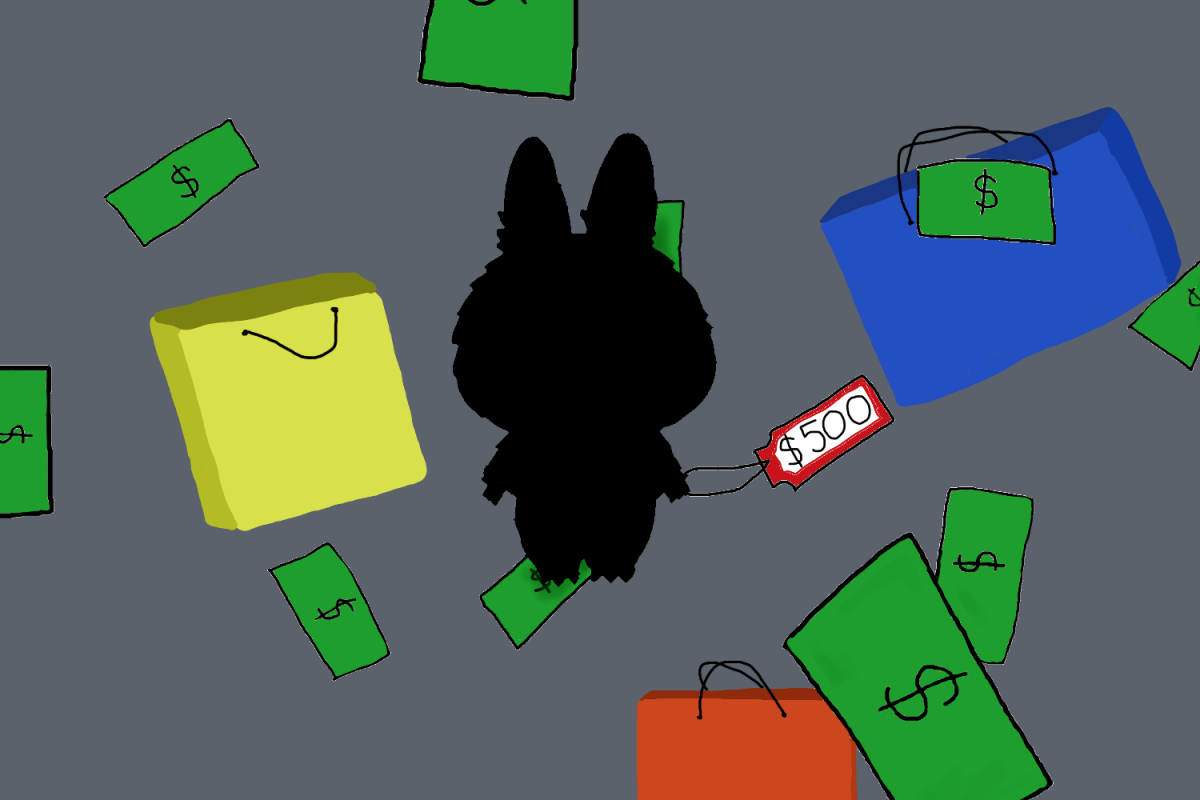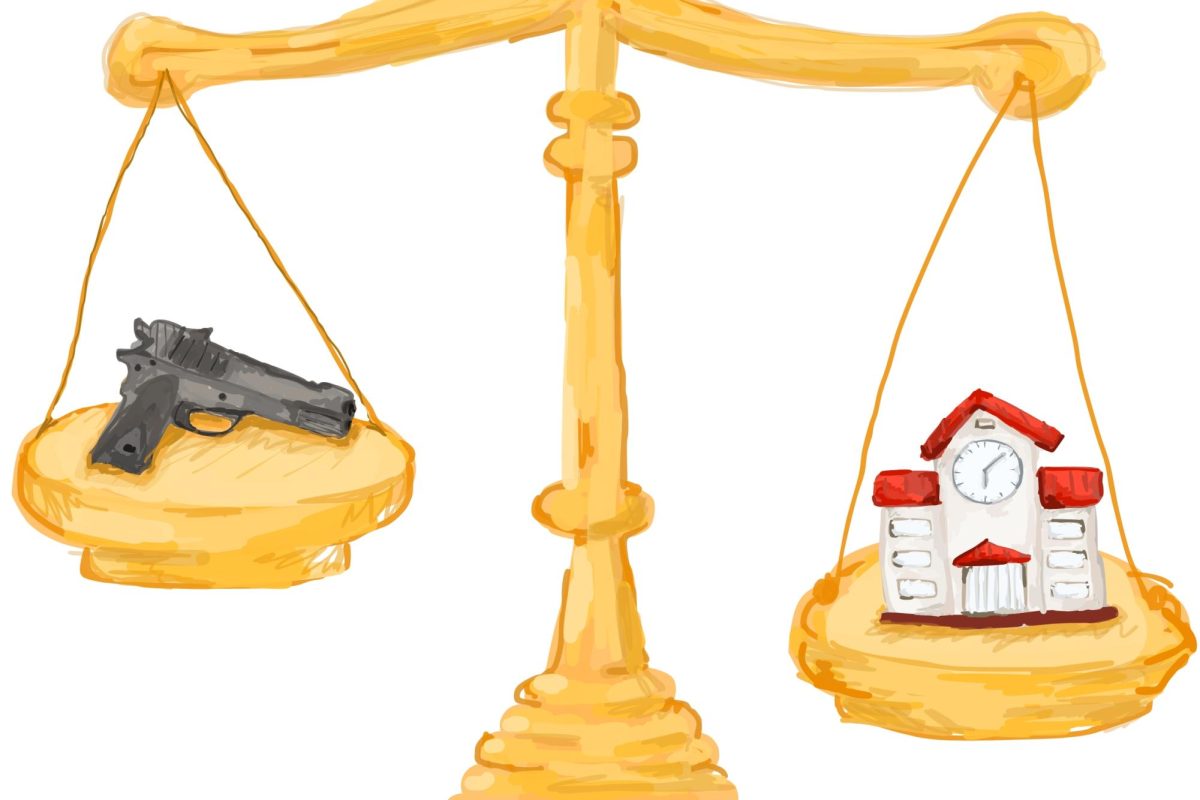It is no question that today, the college admissions process has become more competitive than ever. Not only are students expected to maintain a high GPA, but they also have to have stellar extracurricular activities that will somehow differentiate themselves from the thousands of other applicants. In the midst of this, it is easy for a student to forget to take a breather from this craziness. Thus, it is crucial for students to take breaks from school activities and do things that they enjoy to help boost their productivity and creativity to improve their overall health and grades.
Research has shown that taking frequent breaks can help boost a persons’ attentiveness and memory, which both contribute to boosting someone’s overall productivity. A paper written by Albulescu et. al, described how frequent breaks allowed for the increase in productivity in employees. They demonstrated that breaks “are essential for performance on sustained attention tasks, suggesting that the vigilance sensitivity decrement is influenced by the frequent use of cognitive resources.” So, this concept can be directly applied to studying, as the more often a student takes micro-breaks, the more likely they will be to not only retain the information, but also maintain the motivation to complete their task.
Similarly, NIH researchers found that when healthy volunteers learned a new skill, those who took breaks were able to, “compress and consolidate memories of what we just practiced” stated Dr. Leonardo G. Cohen. However, these improvements were only noticed once the participants took short breaks, and had a good night’s sleep. Thus, in correlation to schoolwork, students who take frequent breaks while studying will show greater improvement than those who study all at once and pull all-nighters.
The type of break, however, that students take should be crucial to productivity, as scrolling through social media is not actually relieving the brain of stress. This is because social media (like Instagram and TikTok) tends to, “negatively affect your mood and worsen symptoms of depression, anxiety, and stress,” according to HelpGuide.org. Moreover, Cornell University suggests that the best ways to take a short break are taking little walks and taking a 15-20 minute power nap.
In addition to the boost in productivity, research suggests that long breaks (such as vacations) also contribute to an increase in creativity as well. In a paper written by Syrek et. al, where they tried to find the correlation between long breaks and an increase in creativity, the research suggests that these long breaks allow for the brain to decompress from the hustle and bustle of everyday life. This concept doesn’t only apply to creativity; taking long breaks are crucial in school as well, which is why students are given spring and winter breaks. Thus, it is important to use the spring and winter breaks to fully decompress and relax before the new semester starts and final season begins.
While many students may feel pressured to always be productive, it may not actually be translating well into their school work. As many papers written by acclaimed professors like Patricia Albulescu from the West University of Timisoara have backed the claim that people are actually more productive when taking incremental breaks.
Graphic courtesy of RAWPIXEL.COM







